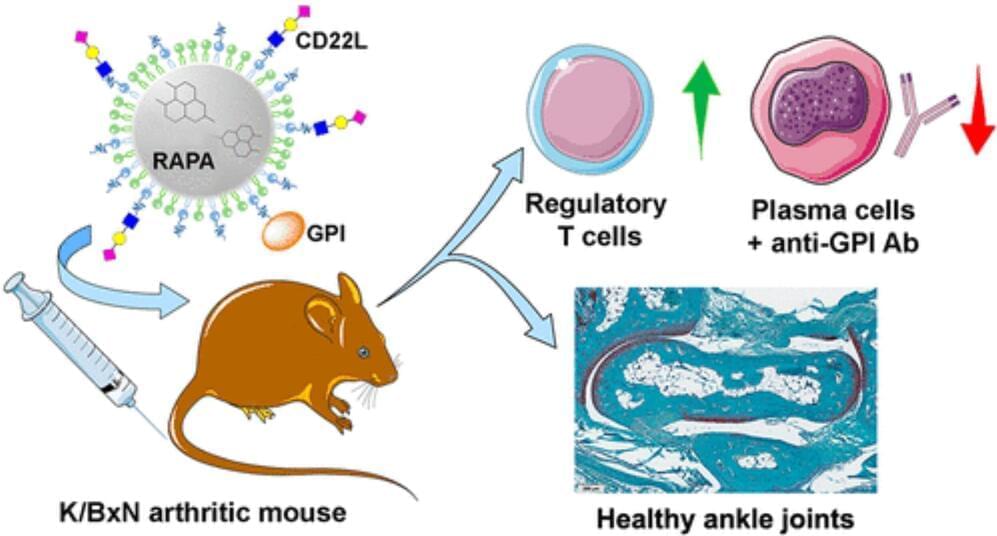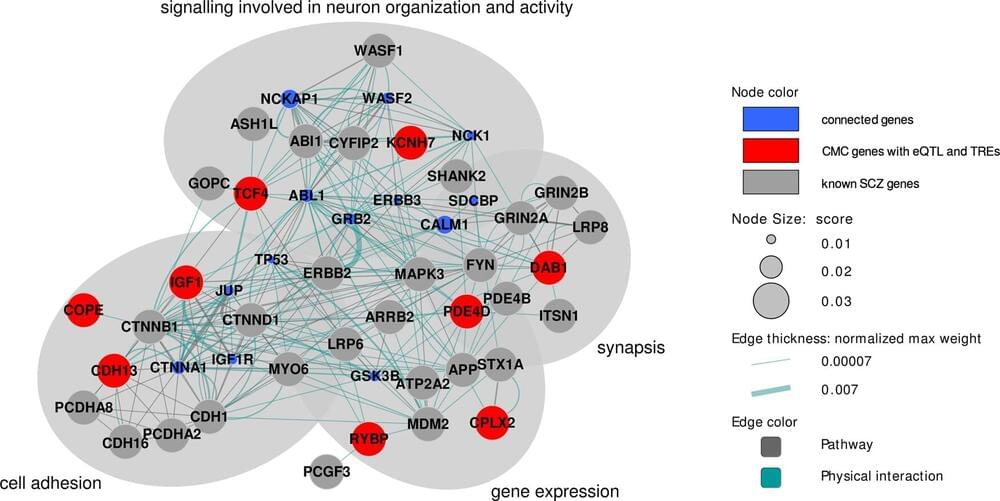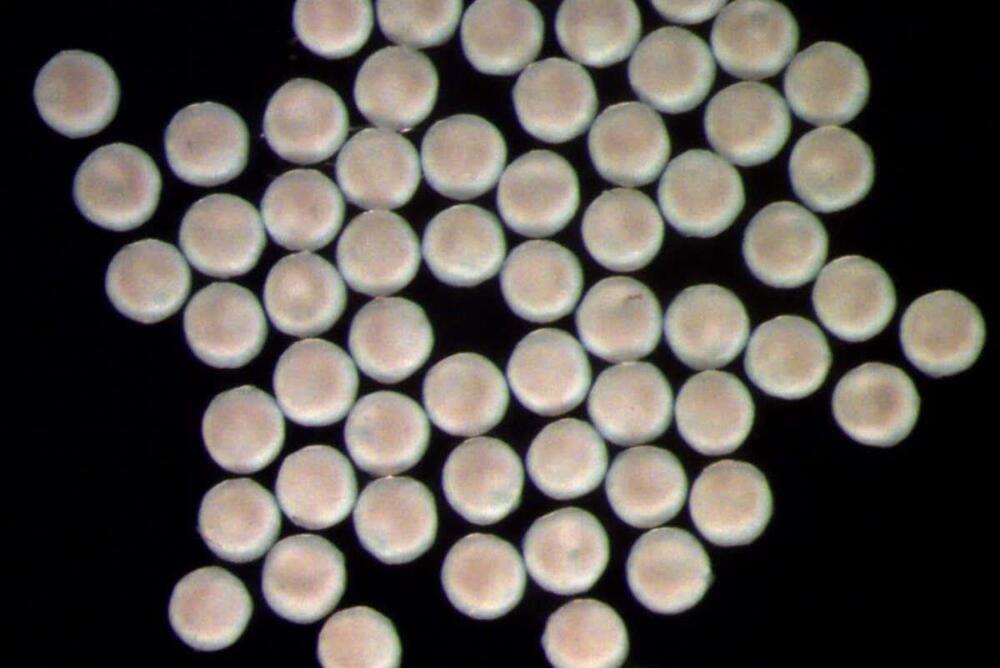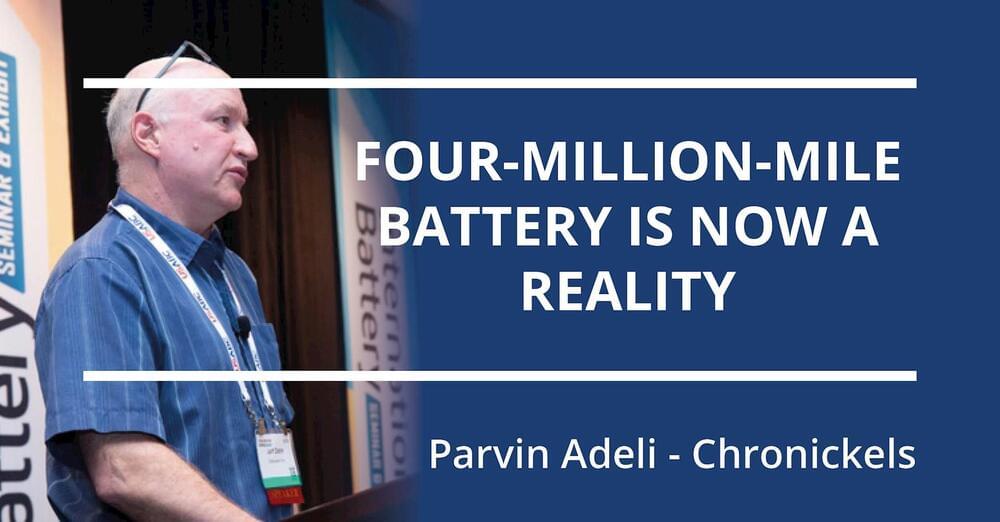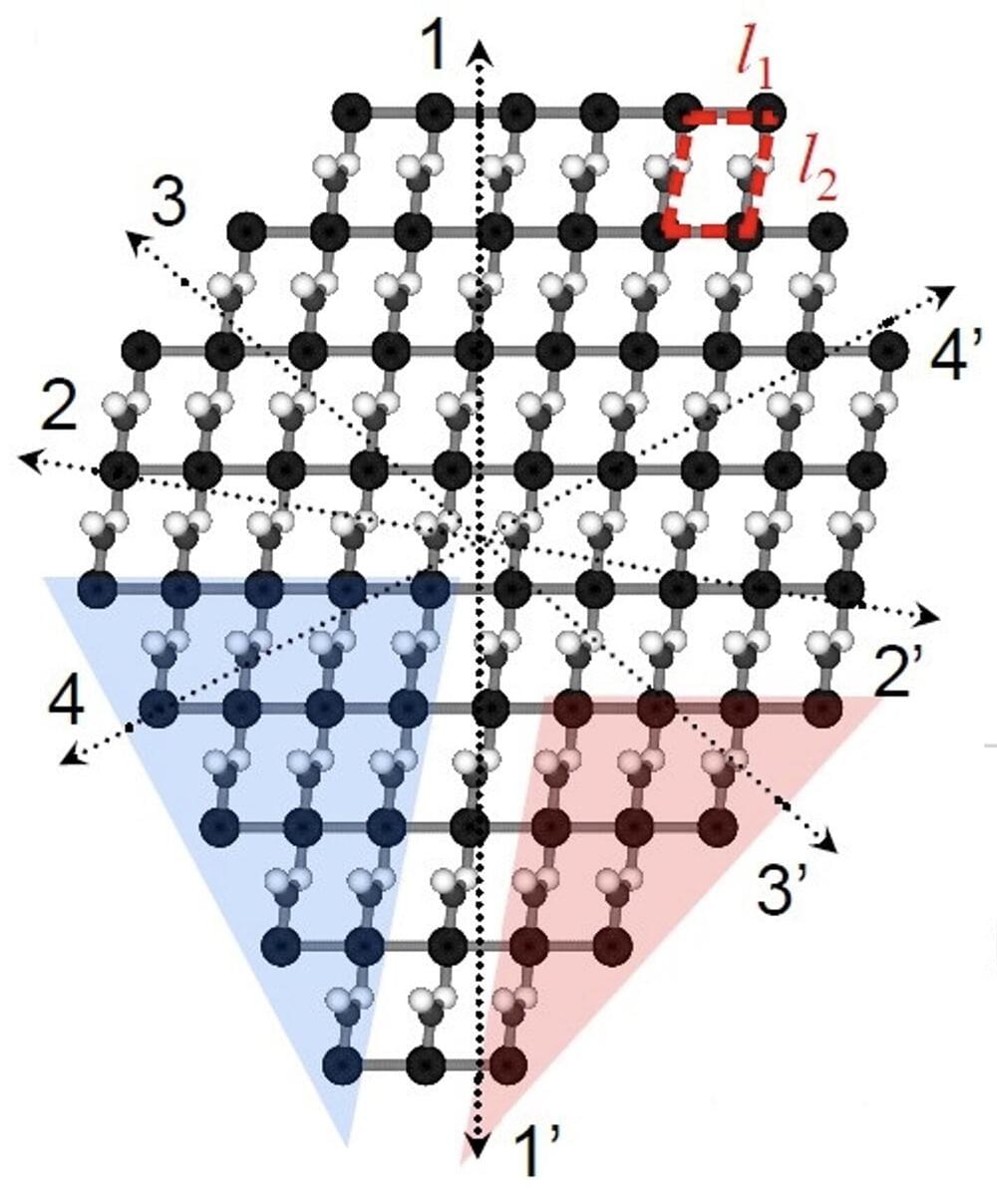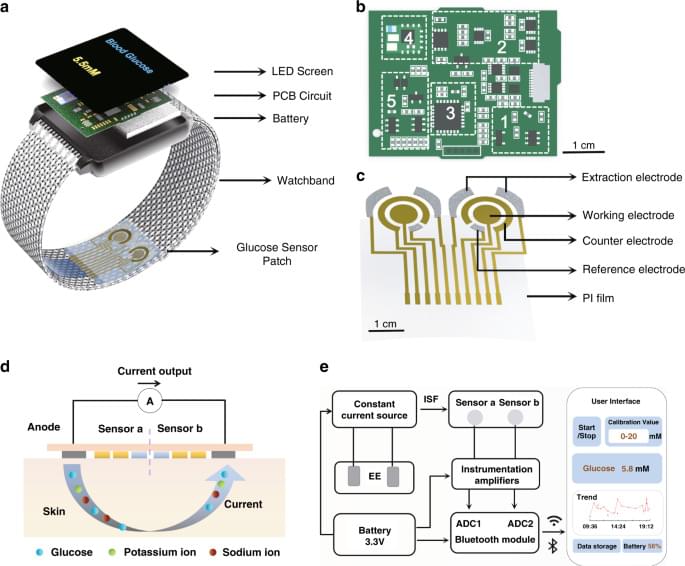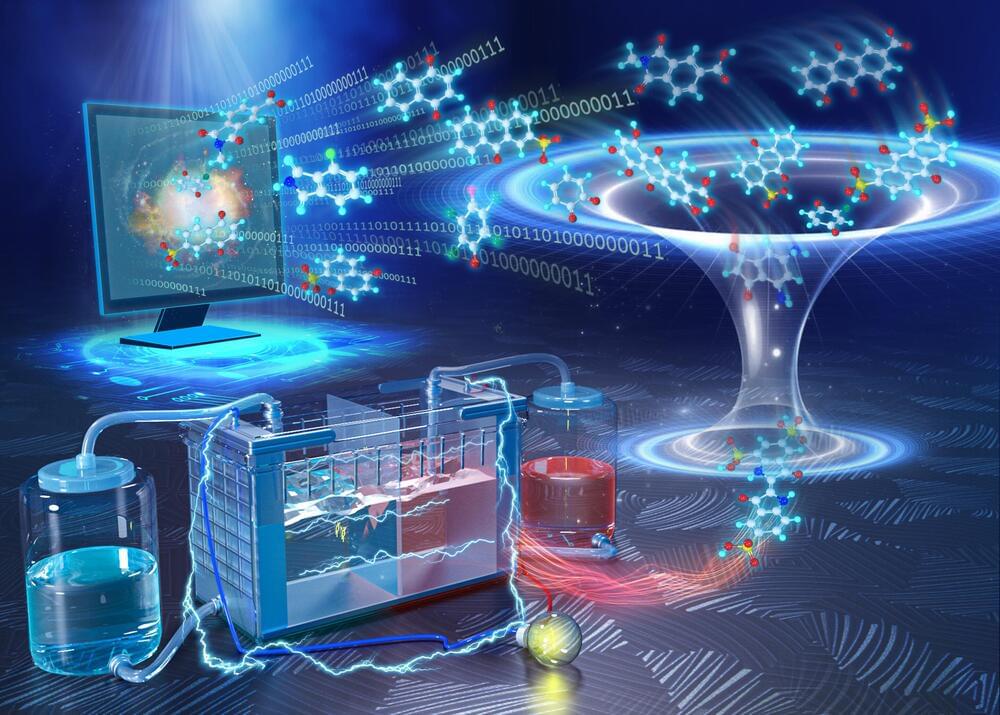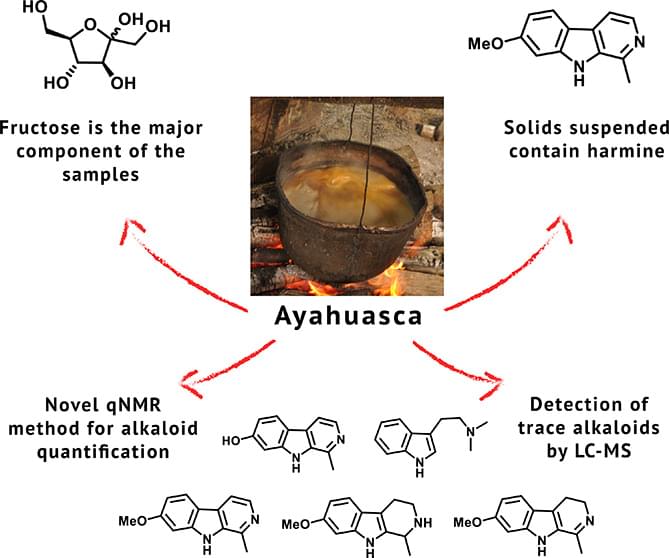
Ayahuasca is a psychedelic beverage originally from the Amazon rainforest used in different shamanic settings for medicinal, spiritual, and cultural purposes. It is prepared by boiling in water an admixture of the Amazonian vine Banisteriopsis caapi, which is a source of β-carboline alkaloids, with plants containing N, N-dimethyltryptamine, usually Psychotria viridis. While previous studies have focused on the detection and quantification of the alkaloids present in the drink, less attention has been given to other nonalkaloid components or the composition of the solids suspended in the beverage, which may also affect its psychoactive properties. In this study, we used nuclear magnetic resonance (NMR) and liquid chromatography-mass spectrometry/mass spectrometry (LC-MS/MS) to study the composition of ayahuasca samples, to determine their alkaloid qualitative and quantitative profiles, as well as other major soluble and nonsoluble components. For the first time, fructose was detected as a major component of the samples, while harmine (a β-carboline previously described as an abundant alkaloid in ayahuasca) was found to be present in the solids suspended in the beverage. In addition, N, N-dimethyltryptamine (DMT), harmine, tetrahydroharmine, harmaline, and harmol were identified as the major alkaloids present in extracts of all samples. Finally, a novel, easy, and fast method using quantitative NMR was developed and validated to simultaneously quantify the content of these alkaloids found in each ayahuasca sample.
Ayahuasca, commonly translated from the Quechua language as “vine of the spirits” or “vine of the dead”, is a psychedelic beverage originally from the Amazon rainforest used in different shamanic settings for a variety of medicinal, spiritual, and cultural purposes.1 It is prepared by boiling in water an admixture of the vine Banisteriopsis caapi, which is a source of β-carboline alkaloids, and other plants containing N, N-dimethyltryptamine (DMT), usually Psychotria viridis ( Figure Figure1 1 ) or Diplopterys cabrerana, (where the preparation name is usually referred to as yagé).2.
